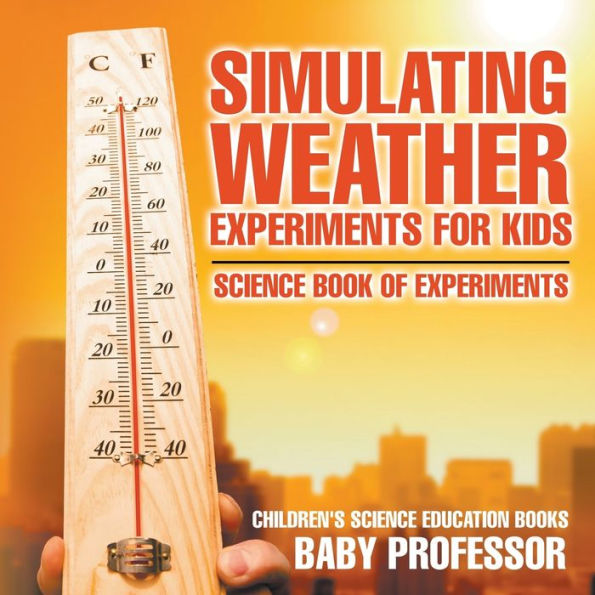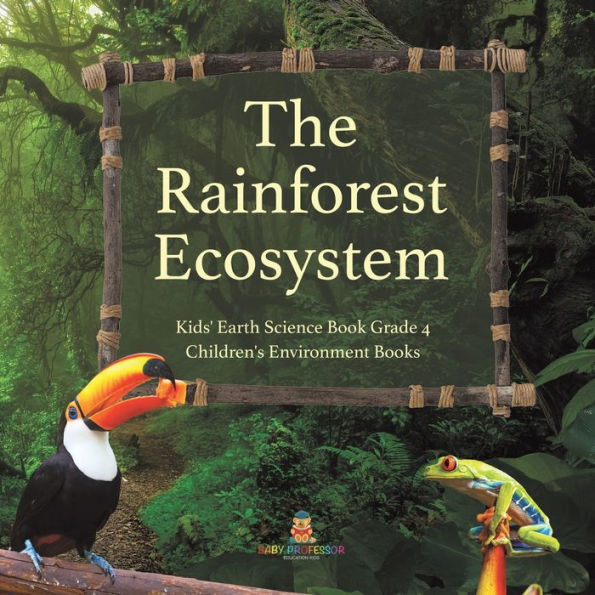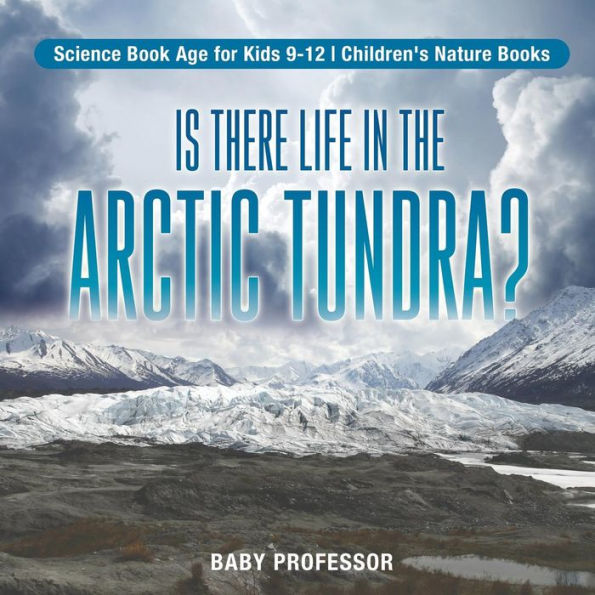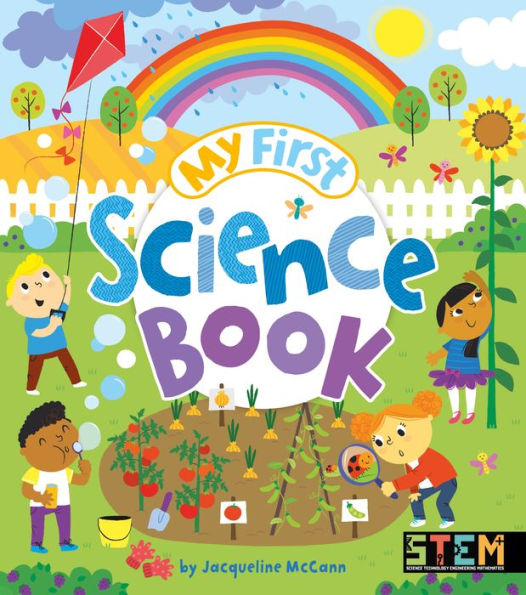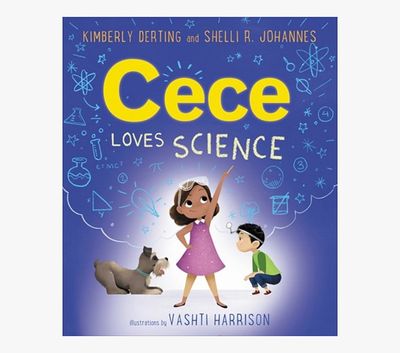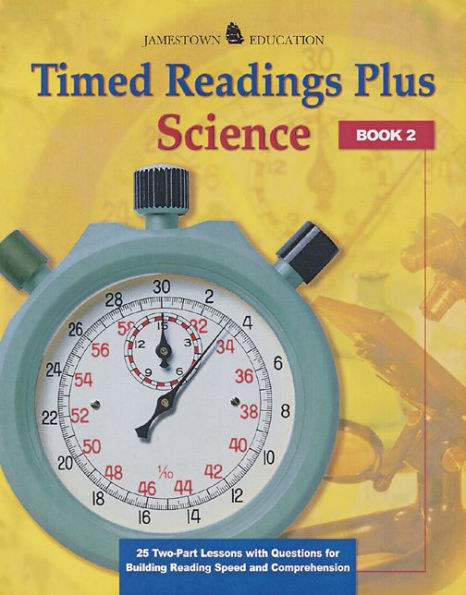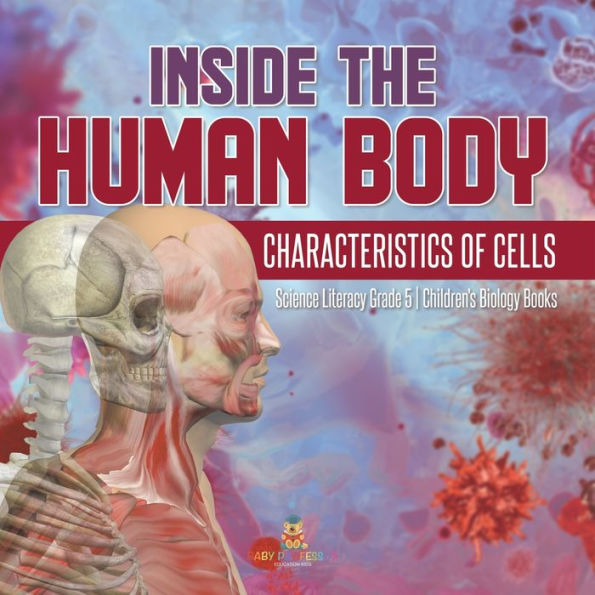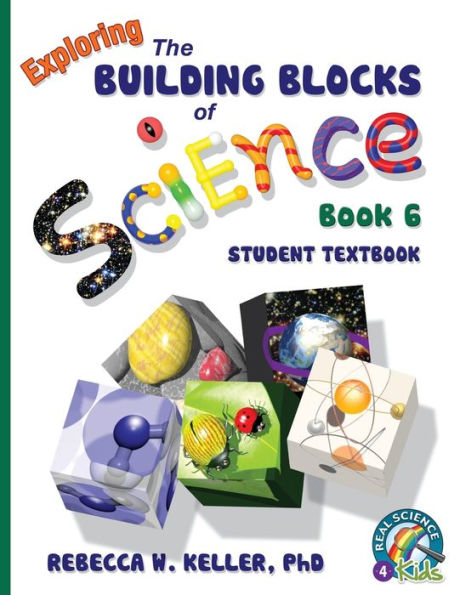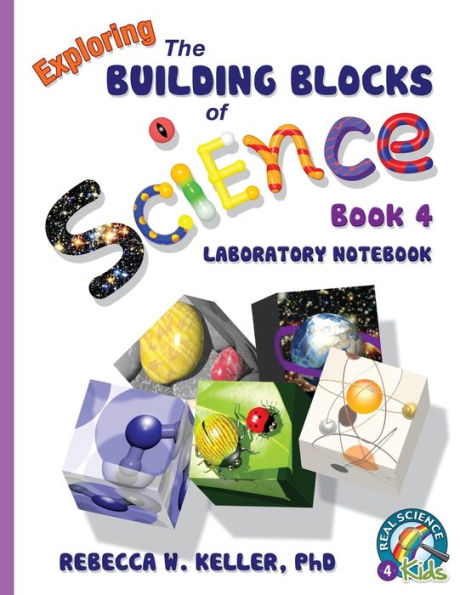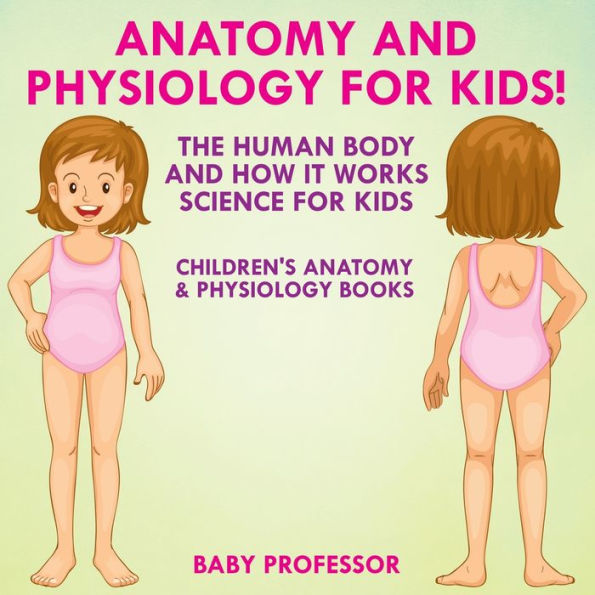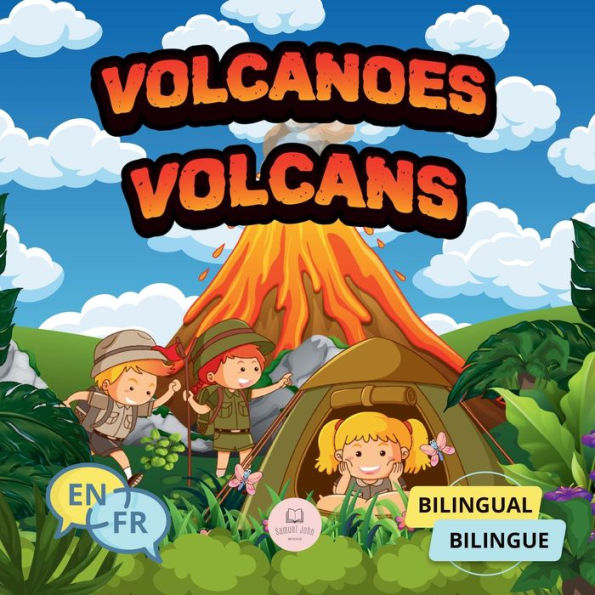Home
Cells For Kids (Science Book For Children)
Barnes and Noble
Cells For Kids (Science Book For Children)
Current price: $6.24
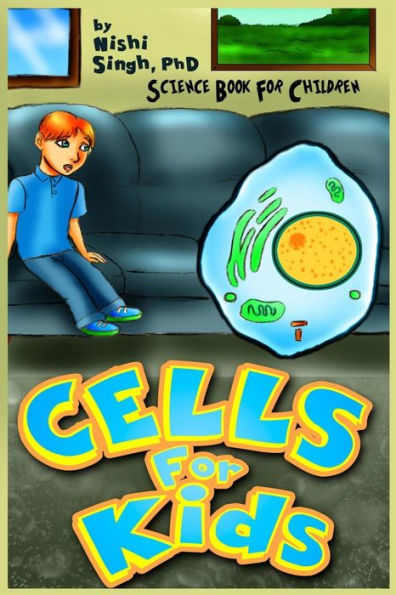

Barnes and Noble
Cells For Kids (Science Book For Children)
Current price: $6.24
Size: OS
Loading Inventory...
*Product information may vary - to confirm product availability, pricing, shipping and return information please contact Barnes and Noble
Biology is the study of living organisms and the research of the science behind living things. Biology is the core that unites all other disciplines and sub-disciplines of biological science. This starts with the understanding of the cell. Hence, the study of biology is vital for our children.
This book, "Cells For Kids" is a book designed for children with diagrams so that they can learn everything about animal and plant cells from the start. As parents, we must ingrain their minds and awaken their curiosity so that they can be ready for this complex and rapidly evolving subject area.
Most biology books, be it for children or adults start with a chapter on the cell. It is here that all biological processes take place. Hence it is vital that we as parents, teach our children about the cell as early as possible. Some may be able to learn while some may not but at least it's a step in the right direction.
I wrote this book for my own children and I can see that they are now curious about what a cell is and what exactly does it does? Half of my job is done; this will save me a lot of heartache later on when I am trying to trying to teach them biology. My ultimate aim would be to get them to study science when they grow up and this book would be one of their stepping stones. Study of biology will prepare children for a range of careers where they can make a difference in the world.
Here's what's covered in this book about cells. I have included questions after some chapters for parents to ask to ensure kids are learning before moving on to the next chapter. There is a quiz at the end of the book.
The chapters:
1. What is a cell? (This chapter defines what a cell is)
2. Who discovered the cell? (Describes exactly how Robert Hooke discovered the cell and what he saw under the microscope)
3. What are cells made of? (Describes what the cell is made of - organelles and cytoplasm)
4. Why cells are mostly made of water? (A good question and a difficult one to answer)
5. How big is a cell? (Cells come in different shapes and sizes, get to learn the size of the cell)
6. How many cells are in the human body? (The body is made of cells and children will learn how many cells we have)
7. How many different types of cells are there? (Learn about the different types of cells namely; eukaryotic and prokaryotic cells)
8. The animal cell (Learn about the animal cell and its various structures with a labelled diagram)
9. Parts and organelles of animal cells (Describes each organelles of the animals cells)
10. The plant cell (Learn about plant cells with a labelled diagram)
11. The parts and organelles of plant cells (Describes parts and organelles of the plant cells)
12. Animal cells and plant cells - The Difference (Goes through the many differences between the animal and plant cells)
13. What are tissues, organs and organ systems? (Cells form tissues, which then form organs and then organs systems)
14. Cellular division - Cell cycle (There are two types of cells (1) Mitosis and (2) Meiosis)
15. 10 facts about the cell (Some facts about the cell)
16. Quiz - What can you remember? (A quiz at the end of the book)
